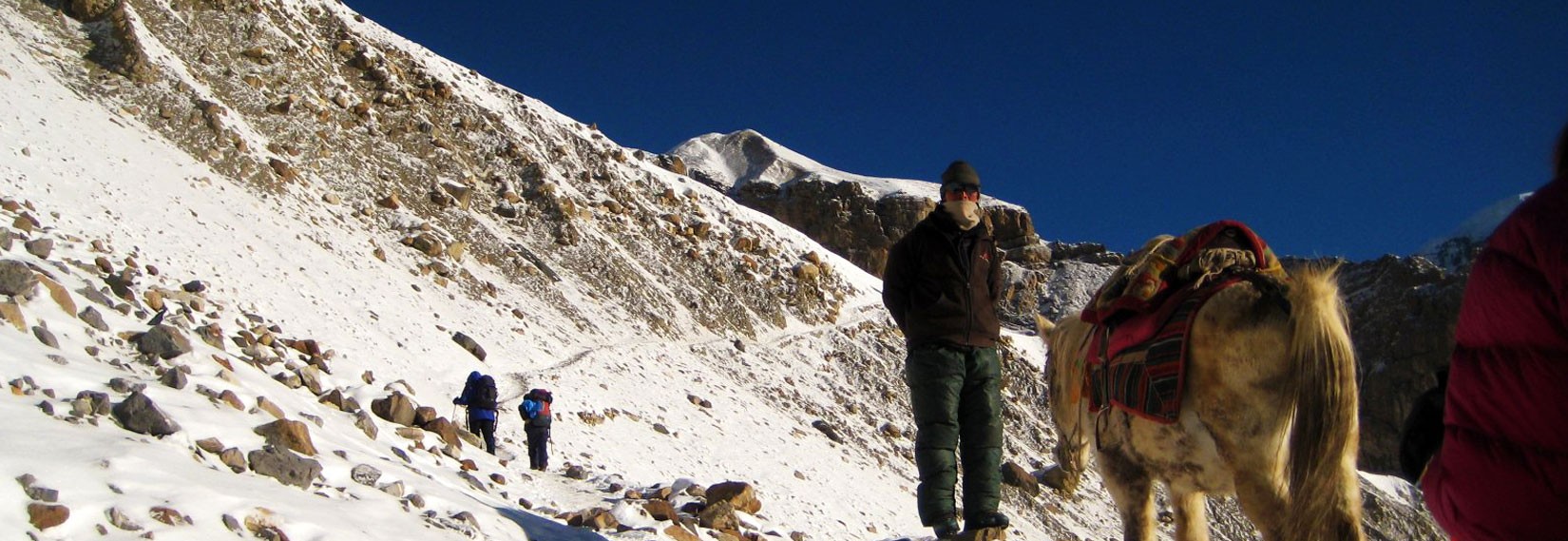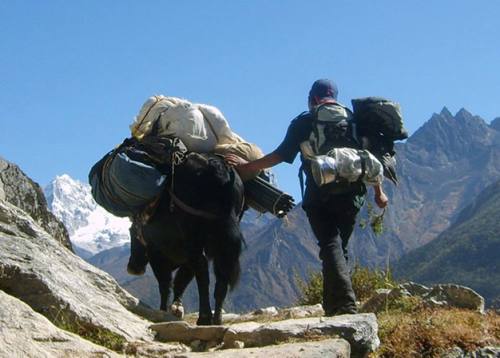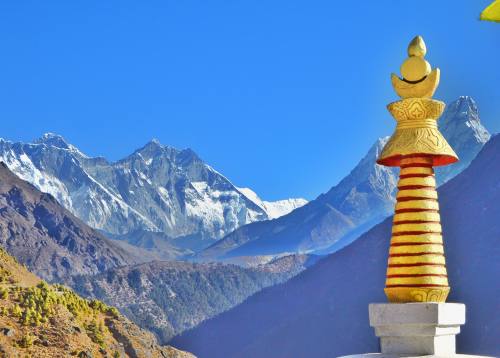Everest Region Trekking
The Everest Region, also known as the Khumbu Region, is located in northeastern Nepal and is one of the most popular trekking destinations in the world. Trekking in this region offers stunning views of some of the world's highest peaks, including Mount Everest (8,848m), Lhotse (8,516m), Makalu (8,481m), and Cho Oyu (8,188m).
The most popular trekking route in the Everest Region is the Everest Base Camp Trek. This trek usually takes around 12-14 days and takes trekkers through picturesque Sherpa villages, scenic valleys, and high mountain passes. The trek begins with a flight from Kathmandu to Lukla and then follows the Dudh Koshi River to Namche Bazaar, the main trading center of the Khumbu Region.
From Namche Bazaar, the trek continues to Tengboche Monastery, one of the most important Buddhist monasteries in the region, and then onto Dingboche, Gorak Shep, and finally, Everest Base Camp. The trek also includes a hike to Kala Patthar (5,545m), a viewpoint that offers breathtaking views of Mount Everest and other surrounding peaks.
The Everest Region also offers other trekking routes, including the Gokyo Lakes Trek, the Three Passes Trek, and the Everest View Trek. Each of these treks has its own unique attractions and challenges. While trekking in the Everest Region, it is important to be well-prepared and have a good level of fitness. Trekkers are advised to acclimatize properly and to take necessary precautions to prevent altitude sickness. It is also important to respect the local culture and customs, and to minimize the impact on the environment by following responsible trekking practices.
The Everest Region is the famous trekking region in Nepal. It passes deep into Buddhist Sherpa villages in the Himalayas, among some of the world’s most sublime peaks. Trekking in the Everest region starts up the same trail, from the alarming airstrip at Lukla. The trails in the Khumbu region lead us to the dizzyingly high sherpa homeland. The trail forks above the Sherpa capital of Namche Bazaar (or Namche for short): one route leads to Everest Base Camp and the viewpoint of Kala Pattar, the other to the beautiful Gokyo Lakes. Both high points are about eight days from Lukla and can be combined by crossing the high pass of the Cho La.
Relatively few trekkers now take the switchback hike from the roadhead at Jiri through Solu, the lower, greener, more populous, and more ethnically diverse country to the south. It’s a stunning route and offers a great way to acclimatize, but the extra five to seven days of walking are too much for many people.
To get a good look at Everest, you’ll have to spend at least four nights above 4000 m and at least one at around 5000 m. At these altitudes, there is a serious risk of developing acute mountain sickness (AMS), and you must know the signs (see Altitude). Everest is also the coldest of the major treks, so you’ll need a good sleeping bag, several layers of warm clothes, and sturdy boots that will keep out snow. The rental shops in Namche, in Khumbu, allow you to stock up on high-altitude gear and return it on the way back down. The popular trails in Everest Region are well equipped with lodges, some basic, some fancy, and surprisingly expensive—until you consider the costs of portering in all supplies this far. Prices rise as you ascend; near the top, most lodges offer basic bunk beds only.
Apart from the mountain views, trekking in the Everest region takes you through alpine forests, small streams, waterfalls, gorges, moraines, and glaciers. Along the way, you cross many Sherpa villages with friendly and welcoming locals that allow you to bond with them and learn about their history, culture, tradition, and lifestyle. As you explore the region, you pass many chortens, mani walls, prayer wheels, and monasteries that hold high spiritual value to the inhabitants of Khumbu. Trekking in the Everest region is the perfect blend of nature and culture, ideal for curious travelers around the globe. Among the many trekking destinations in Nepal, the Everest region is the most famous. Here are some of the major highlights and features of the Everest region trek that you should not miss.
-
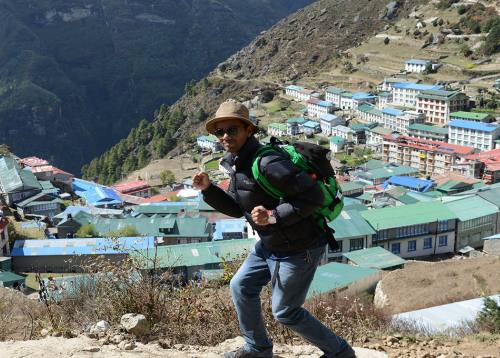
Everest Scenic View Trek
- 7 Days
- US $1279 All-In
-
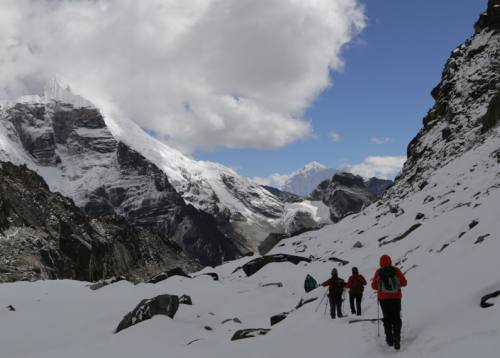
Jiri to Everest Base Camp Trek
- 22 Days
- US $2010 All-In
-
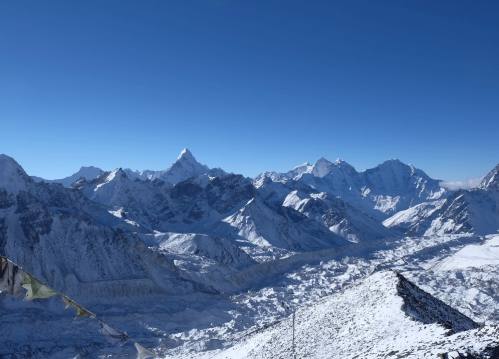
Everest High Passes Trek
- 18 Days
- US $1949 All-In
-
-
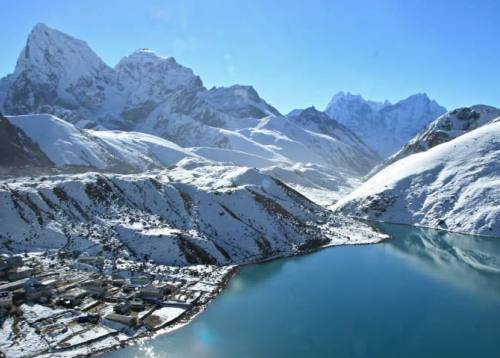
Everest Base Camp and Gokyo Lake Trek
- 18 Days
- US $1799 All-In
-
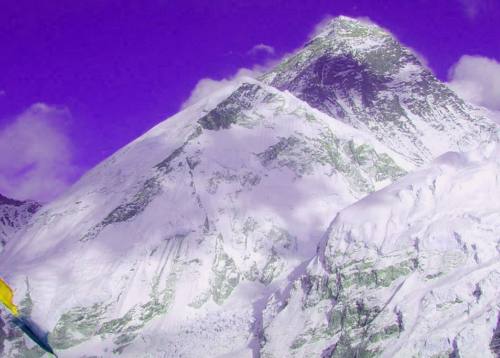
Everest Base Camp Trekking
- 14 Days
- US $1649 All-In
-
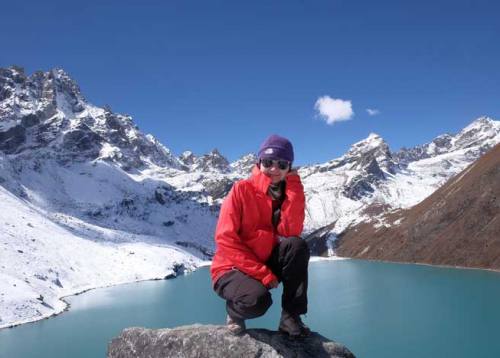
Everest Gokyo Lake Trek
- 17 Days
- US $1769 All-In
-
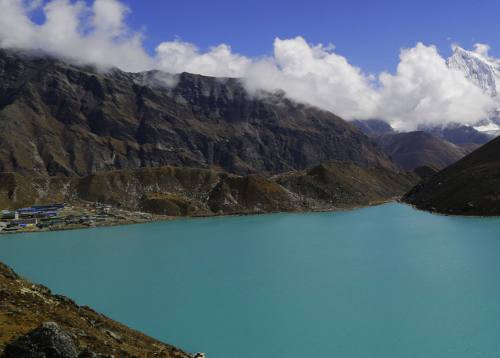
Gokyo Lake Trek
- 11 Days
- US $1549 All-In
-
Everest Region Trekking Packages
-
Clients Review
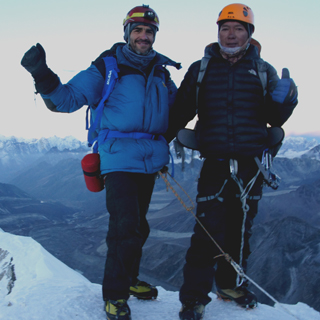
Excellent Service from Durga - Mount Trails
We had a very impressive ascent of Island Peak, everything works well.Many thanks to Durga, for the organization, including the start and the end of our trip in Kathmandu in the lovely hotel Yala Peak…
Michael Gehrísch, Germany Read More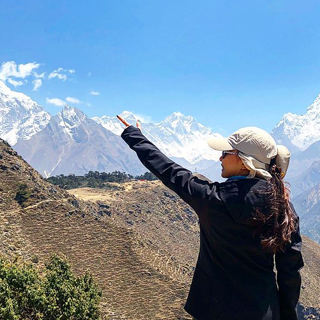
The memorable trip
This trip is one of the most incredible travel that I ever experience. The host was very genuinely and welcoming throughout the trip. If I have a chance to go back, I would love to…
Koong Chantima, Thailand Read More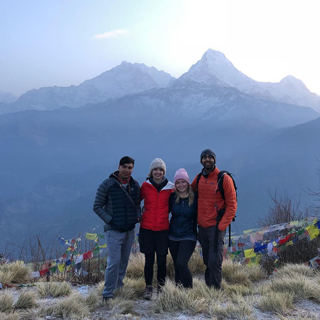
Wonderful Experience
We had such a great experience in Nepal, and a lot of that is thanks to Durga. We were there for two months for an internship and wanted to do a trek near the end…
Jillian Raghow, United States Read More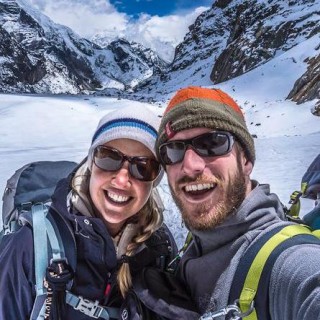
“Best Nepalese Experience You Can Get!”
Recently my wife and I returned from 15 months backpacking around the world, and our most amazing adventure was in the Nepalese Himalayas where we eloped! But this was all possible thanks to Durga and…
Clint B, Australia Read More
Wonderful Trekking
Durga is a wonderful leader. He always thought of our group most relaxing
Jimmy T, Australia Read More
It feel like looking above heaven while trekking.Thank you to sam and our support staff for the best trip in Nepal .- feeling 200%… -
Our Blog
20FebruarySpring is the best time to Trek in Nepal
Spring is a popular time to visit Nepal, as the weather is generally mild and there are many festivals and cultural events taking place. The spring season in Nepal typically lasts from…
Read More20FebruaryBandipur - Authentic village and beautiful hidden gem in Nepal
Bandipur is a small hilltop town located in the Tanahun District of Nepal, approximately 143 km west of the capital city, Kathmandu. It is situated at an elevation of 1,030 meters above…
Read More18MayNepal declares new political map placing Kalapani and Limpiyadhura within its borders
The government has endorsed a new political map that includes Kalapani and Limpiyadhura. The government will soon publicize the new political map that incorporates the territory unilaterally kept by India on its…
Read More11DecemberManaslu Circuit Trek Complete Guide for the better experience
Manaslu circuit trek is one of those trekking trails which reach over 5000 meters altitude. You will be at the height of 5167 meters which is the highest elevation we get…
Read More27AugustGokyo Lake Trek in October
Gokyo Lake Trek in Nepal is the best trekking in Everest Region for any trekker or travelling enthusiast. There are best trekking route in Everest Region, amount them Gokyo Lake Trek is…
Read More
